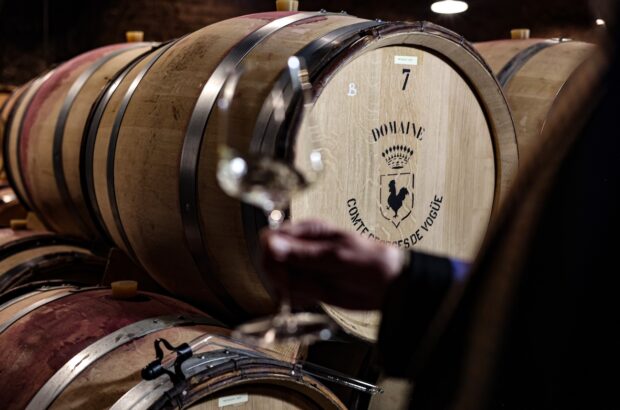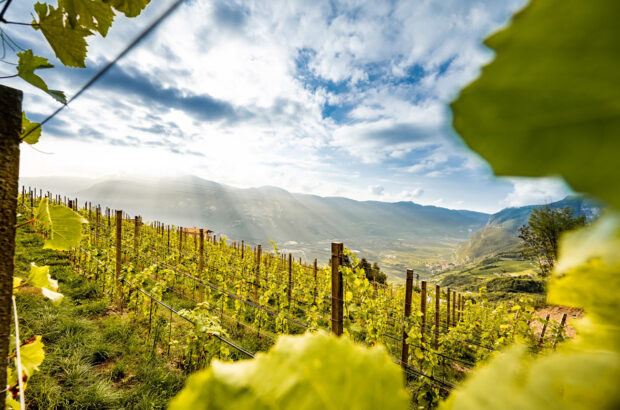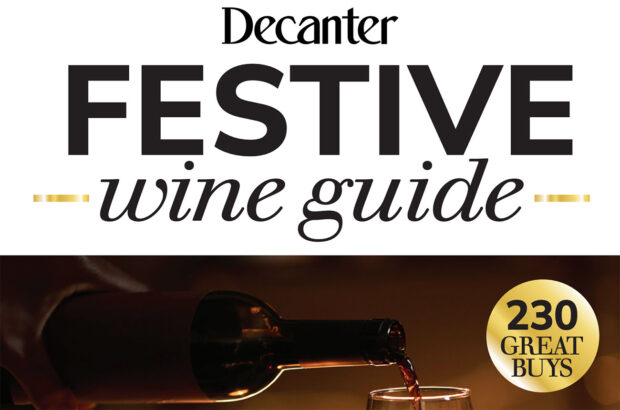Has the wine world become too diverse and complex to maintain the terms ‘Old’ and ‘New World’? See both sides of the debate, as featured in Decanter's March 2015 issue, and have your say.
A geology map of McLaren Vale, displayed by d’Arenberg’s Chester Osborn in October 2014 to highlight that the area has soils that are hundreds of millions of years old.
Perhaps you would argue that it always was too complicated; wine, after all, often proves resistant to generalisation. And what qualifies as old? Ask Georgian winemakers how they feel about Western Europe laying claim to the term.
There was method to the Old and New World carve-up in the second half of the 20th Century. Wine styles in, say, California, Australia and South Africa were known for riper fruit, bulldozer oak and for pushing varietals over terroir; bold versus restraint.
Critics today still talk of New World fruit in, say, a Margaret River or Napa Cabernet, or Mendoza Malbec.
But, globalising influences on wine have arguably diluted this concept; travel and communications; multinational vineyard ownership; technical innovation and consumer trends. These have blurred the lines both in terms of geography and also in terms of style.
Some winemakers in the so-called New World now talk of restraint and expressing a sense of place. In Australia, research is underway to analyse soils in most major regions, including McLaren Vale, Barossa, Mornington Peninsula and Clare Valley.
There are also efforts to taper climatic effects, such as picking earlier or managing canopies to reduce alcohol. At the same time, some ‘Old World’ producers have adopted more approachable styles with riper fruit.
So, is it time to stop dividing the wine world between Old and New? Read the arguments below and tell us what you think in the comment box below.
Yes:

‘It’s definitely not relevant,’ said Master Sommelier Matthieu Longuere, who works at the Cordon Bleu culinary school in London. ‘I prefer the terms modern versus traditional.’ Wine drinkers are more interested in style, he believes. ‘In restaurants, the first question I ask as a sommelier is not whether you prefer Old or New World, but what style of wine you like.’
Stephen Brook, Decanter contributor, said, ‘Every year, the distinction becomes more meaningless. International blind tastings have shown how difficult it can be to distinguish an Oregon Pinot Noir from a Gevrey-Chambertin, or a dry Rheingau Riesling from one that comes from Clare Valley or Michigan.’
However, he added that bottle ageing might reveal greater differences and conceded that the ‘vibrant fruitiness’ of a Barossa Shiraz is hard to re-create in Europe. Xavier Rousset MS, co-founder of 28-50 restaurants, said, ‘It seems to be that the distinction is becoming a bit less relevant as New World guys are using less new oak than before and trying to monitor or reduce alcohol, at the same time as Old World alcohol levels seem to be higher than ever.’
No:

‘There are differences between Old and New World wines and it is a useful distinction, not not just a matter of different wine styles,’ said Ian D’Agata, Decanter World Wine Awards Regional Chair for Italy and scientific director of Vinitaly.
‘Another point is that Old World wine production areas have long been associated with specific terroirs and this is why we have, for example, German wine labelling that includes the vineyard name in the wine’s name and the many grand and premier crus of Burgundy, not just Pinot Noir.
‘Similarly in Italy it’s not all just Nebbiolo, but Barolo and Roero. In the New World, varietal labeling still dominates.’ He added that, despite California’s proliferation of AVAs, subregional characteristics in the wine need to better identified.
Ronan Sayburn MS, of the Court of Master Sommeliers in Europe, said, ‘I think the terms Old World and New World are still important to the consumer. It denotes a style of wine that is easy for consumers to understand. For example, a fruity warm style as opposed to a lean earthy style. Although I agree it is a sweeping term – where do Uruguayan wines fit in? – it’s still relevant.’







